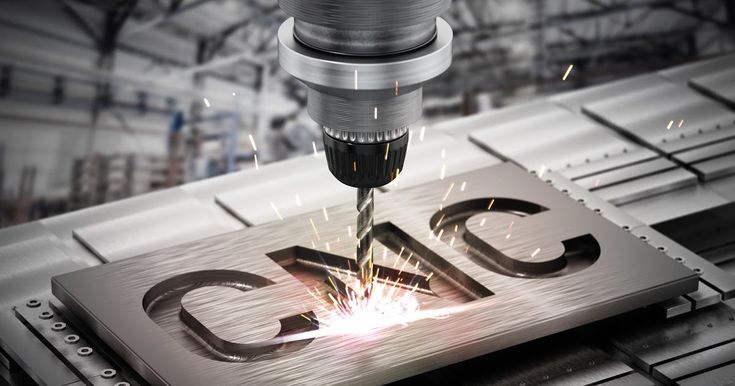In the rapidly evolving manufacturing sector, CNC turning is at the forefront of precision machining innovations that enhance efficiency and transform production methods. This blog post explores the latest advancements in CN turning and their potential to redefine manufacturing practices.
Understanding CNC Turning
CNc turning is a machining process that involves rotating a workpiece while a cutting tool shapes it into the desired form. It is a crucial part of manufacturing, producing components for industries ranging from automotive to aerospace. CN turning allows for the creation of precise, complex shapes with a high degree of accuracy. Its significance in modern manufacturing lies in its ability to produce parts rapidly and consistently, making it a staple in today’s production processes.
Current Challenges in CNC Turning

Despite its importance, CNc turning faces several challenges that necessitate innovation. One major hurdle is maintaining precision at high speeds, where vibrations can impact the quality of the finished product. Additionally, the need for faster production cycles demands machines that can handle multiple tasks in a single setup. These challenges highlight the need for continuous technological improvements to meet the evolving demands of the manufacturing sector.
High-Speed Turning for Enhanced Efficiency
High-speed turning and trepanning drilling are game-changers in CN machining. By increasing the speed at which the tool and workpiece interact, manufacturers can achieve faster production rates without sacrificing precision. This technique requires advancements in machine stability to counteract vibration and maintain accuracy. High-speed turning allows for quicker turnaround times, which is crucial for industries with tight deadlines and high production demands.
Automation and Smart Technology Integration
The integration of automation and smart technology is redefining CN turning by optimizing operations and reducing human error. With the use of advanced sensors and real-time monitoring systems, CN machines can now automatically adjust their parameters to maintain precision under varying conditions. This automation facilitates predictive maintenance, allowing systems to identify potential issues before they lead to costly downtimes.
Multi-Tasking Machines
Innovations in multi-tasking machines are revolutionizing CN turning. These machines combine turning and milling functions within a single setup, eliminating the need for multiple machines and reducing setup times. Multi-tasking machines streamline the production process and increase efficiency, allowing manufacturers to produce complex parts in a single operation. This integration is particularly beneficial for industries requiring intricate components, such as aerospace and medical device manufacturing.
Advances in Tooling and Materials
The evolution of tooling and materials is critical to the progress of CN turning. New materials, such as ceramics and composites, offer enhanced durability and performance in high-speed machining. Additionally, advancements in tool coatings extend tool life and reduce wear, resulting in more efficient operations. These tools are designed to withstand the increased demands of modern machining, ensuring consistent quality and reliability.
The Role of AI and Automation
Looking to the future, AI and automation are poised to take CN turning to new heights. AI-driven machines can optimize cutting paths and adjust parameters in real-time to ensure optimal performance. Automation further enhances efficiency by reducing human intervention and minimizing errors. These advancements promise to increase productivity and reduce costs, making CNC more accessible to a broader range of manufacturers.
Implementing CNC Innovations
Adopting these innovations requires a strategic approach. Manufacturers should evaluate their current processes and identify areas where new technologies can provide the most significant impact. Investing in training and education for employees is essential to maximize the benefits of advanced CNC turning techniques. Staying informed about industry trends and developments will help manufacturers remain competitive in an increasingly technology-driven landscape.
Conclusion
Now that we have explored the latest innovations in CNC turning, it is clear that they are transforming the manufacturing industry. High-speed turning, multi-tasking machines, advancements in tooling and materials, and the integration of AI and automation are offering manufacturers new possibilities for efficiency and productivity.